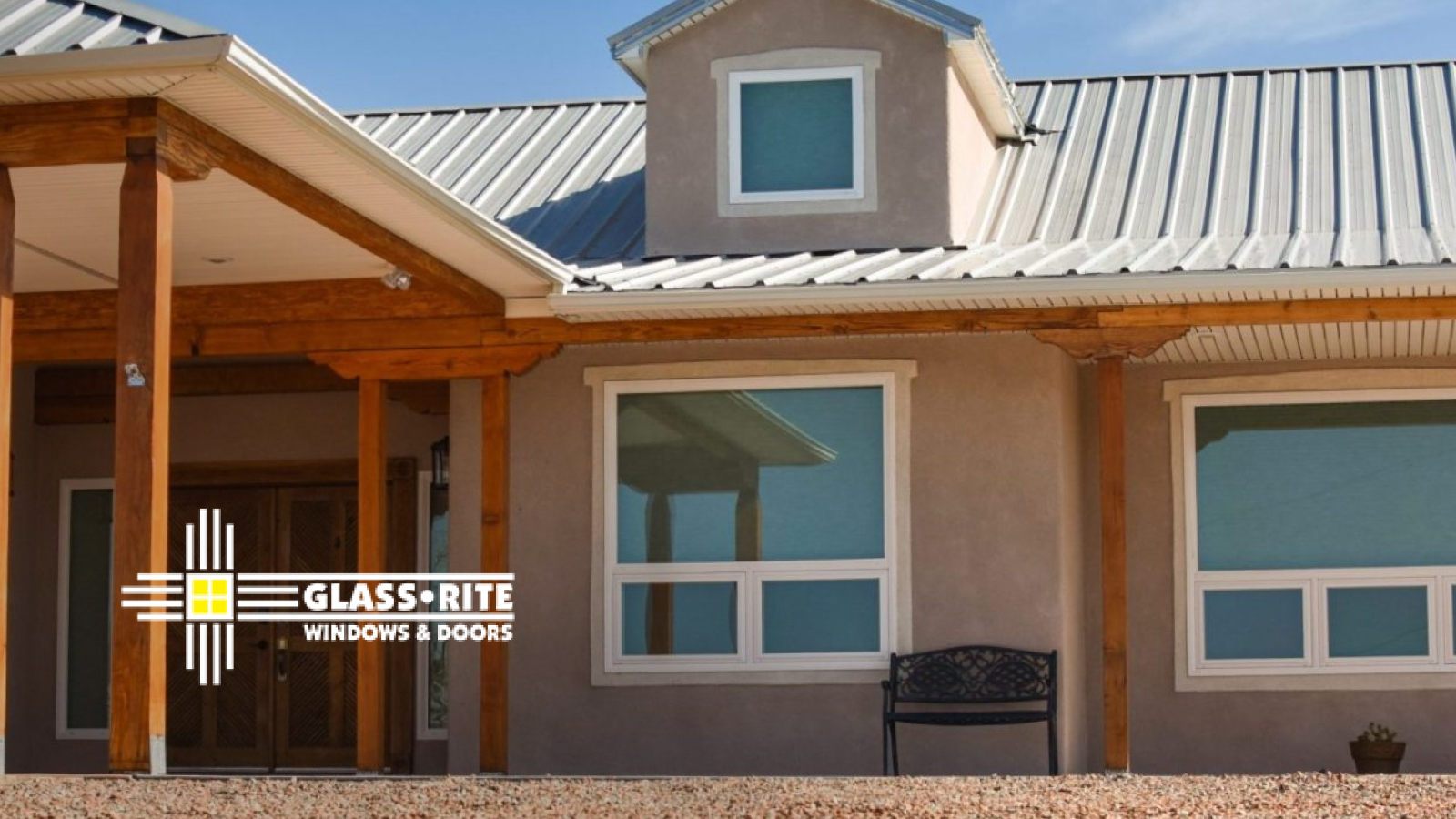You can spend a lot of money on the very best glass, but if it isn’t the right kind for your needs, it may still not do the job and you will have wasted money. Nobody wants that! All modern replacement windows have insulated glass units instead of single panes of glass. Insulated glass units are made up of pieces of glass that have been sealed together to keep out dust and moisture. There are a number of different types of spacers that separate the two pieces of glass from each other.
A non-conductive spacer is the best type for efficiency because it eliminates conduction at the edge of the glass. Argon gas is an option that is used to improve the insulating ability of the glass unit. With the argon the window’s performance is another 10% more efficient. When dealing with argon between the glass panes the type of spacer becomes crucial. At Glass-Rite we use the Edgetech Superspacer system that provides a double seal, and has a continous non-permeable mylar backing that prevents the argon gas from seeping out.
There are some terms you should know when shopping for energy efficient windows.
U-Value – A measure of efficiency. A lower number means the glass is more efficient. Click here to view our blog on U-Value and the NFRC rating system.
Solar Heat Gain Coefficient – A measure of the heat added to your home from natural sunlight. A low SHGC number means you will gain less heat.
UV Transmittance – Ultraviolet light (UV) is what will fade yor carpet, drapes and furniture. The lower the percentage of transmittance, the less UV light will get through the glass and into your home.
Choosing the right type of glass depends on factors such as: which direction a particular window faces, whether your home has a problem with heat gain or loss and various building codes can be a factor as well. Most modern replacement glass units include some type of Low-E glass. Low-E stands for “Low Emissivity” and Low-E glass has a thin, nearly transparent, metal coating on the surface of the glass. Here at Glass-Rite we are using a “soft-coat” Low-E, which means that this metal was applied in a vacuum chamber and is on the inside of the outer panel of glass in an insulated unit.
Low-E glass helps with efficiency by keeping your home warmer in the winter but cooler in the summer as well. In addition the Low-E glass reduces the amount of UV that comes through your windows. Keep in mind that all Low-E is not the same! There are many different manufacturers of Low-E glass and different types of coatings. When you are evaluating a window make sure you look at the some performance statistics for the type of Low-E that will be sued in your windows. U-Values for Low-E glass can vary as much as 17% depending on the type used. Also UV transmittance numbers can differ by as much as 50%. Good Low-E glass will have an UV transmission rate of at least 16% or better. That means that 84% of the UV is blocked out. The Solar Heat Gain Coefficient can vary as well. Good Low-E glass will have a SHGC below .40.
So to sum up, a low U-Value means lower heating costs. The lower the UV transmittance number means less fading of carpet drapes and furniture. The lower the SHGC means lower on your cooling costs. Give us a call or e-mail us today to set up a free no pressure estimate and we can answer all your questions about glass choices for your particular situation. Or come down to our showroom and take a hands on look at how the insulated units are made.

